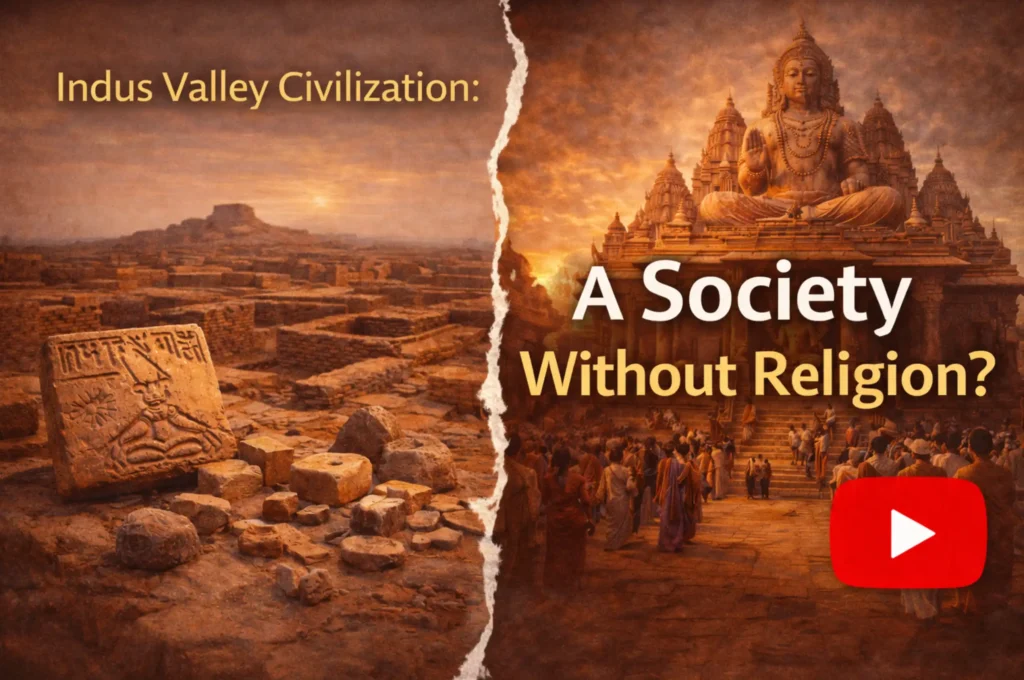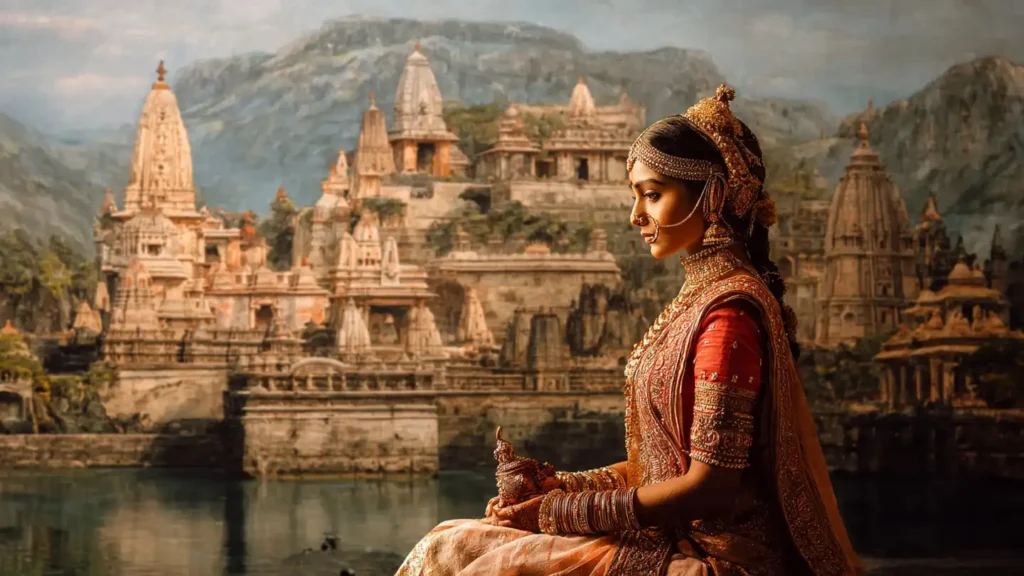Introduction To Lepakshi Temple
The Lepakshi Temple, located in the small village of Lepakshi in Andhra Pradesh, near the border of Karnataka, is a testament to ancient Indian architecture and art. Constructed during the 16th century by the Vijayanagara Empire, the temple is dedicated to Lord Veerabhadra, an incarnation of Lord Shiva. Its sprawling complex showcases intricate carvings, beautiful frescoes, and remarkable stone structures that have intrigued historians and tourists alike.
Explore Category: Blogs
Table of Contents
The Truth of Lepakshi Temple Hanging Pillars
We know and when we talk about wonders, the one wonder associated with the Lepakshi Temple is the Hanging Pillar. I have seen and will not hide the fact that the pillar is not completely hanging. If you visit the temple, the temple is very old. If you look at the pillars, they seem to be bend inwards supporting the main sanctum. There is one pillar which is advertised as “The Hanging Pillar” and even the tour book says that you can pass a paper under this pillar.
Let me break this myth. The temple is very old and was built in 16th Century. 500 Years ago. This one pillar seems to be bent and its one corner rests on the ground. You cannot pass a piece of cloth under this pillar. There are fake videos spread over the internet about this “Hanging Pillar of Lepakshi Temple”. However, when you look closely, they change the angle of the video and make fool of you. It seems that the cloth passes through this hanging pillar.
I do not want to hurt your sentiments and make a mockery of Hindu beliefs. No, I am more Hindu than these fake Hindus, spreading fake knowledge and information. The Lepakshi Temple is indeed beautiful and have great sculptures. However, hiding the fact cannot be justified.
Fake Videos on Lepakshi Temple Hanging Pillar
Real Videos on Lepakshi Temple Hanging Pillar
So, I was very disappointed by finding the fact that the Hanging Pillar of Lepakshi is not actually hanging from the ceiling, rather it rests on the ground. If you look at the top of this pillar, you can find that it is attached through a fixture. There might be several reasons for why one side tilted a bit and one side rests on the ground.
I do not want to disappoint you; however, you can find beautiful sculptures and idols in Lepakshi temple. These sculptures are really beautiful and architecture marvels.
More Myths About Lepakshi
The Lepakshi Temple is steeped in legends and myths, adding to its allure. One popular legend ties the temple to the epic Ramayana. It is believed that Jatayu, the divine bird, fell here while trying to rescue Sita from the clutches of Ravana. When Lord Rama found Jatayu, he whispered the words “Le Pakshi,” which means “Rise, O Bird” in Telugu.
This is a myth. Actually, the Lepakshi is not where the Jatayu fell after fighting Ravana. He fell somewhere on the line between Nashik and Hampi. The reason is, Rama met Sugreev and Hanuman after they cremated Jatayu. Now take a look at India’s Map.

So, Jatayu did not fall in Lepakshi. At least, I am sure about it.
Relation of Lepakshi with Mythology
If you look closely, while entering the main sanctum, you will find the story of Arjuna and Shiva. Arjuna prayed Shiva to get Pashupati Astra. To earn Lord Shiva’s favor, Arjuna embarked on severe penance in the dense forests. However, Shiva wanted to test Arjuna’s mettle and appeared in a disguise of a hunter.
Arjuna saw a wild boar and shot an arrow to kill the wild boar, however, at the same time, Shiva also shot the arrow. The killed Boar had 2 arrows in his body. Arjuna and Shiva fought over the matter as who will claim the dead wild boar. Both fought with each other. Arjuna fought bravely and then Shiva appeared in his real form. Pleased with Arjuna’s bravery, he gave him the Pashupati Astra.
Impressed by Arjuna’s skills and devotion, Lord Shiva revealed his true form and blessed the warrior. Acknowledging his dedication and valor, Shiva granted Arjuna the powerful Pashupati Astra. This divine weapon not only elevated Arjuna’s arsenal but also symbolized the importance of devotion and skill in achieving one’s goals.
Now, this story is depicted on the walls of the main temple. When I checked with the locals, they mentioned that the temple is said to be built in Mahabharata period. This was the place where Arjuna did a severe penance and received Pashupati Astra from Shiva.
Now, this story is not popular among people and only few would know. They simply related it to Lord Rama.
Almost 2 Kms behind the Lepakshi Temple, you will find the Jatayu Samadhi, which was under construction and many tourists do not even go there. Then what is the relevance of Jatayu with Lepakshi?
Lepakshi Temple Pictures
The temple is indeed beautiful, and you should visit. In the main sanctum, Goddess Kali is worshipped. Let us look at pictures of sculptures from Lepakshi temple.

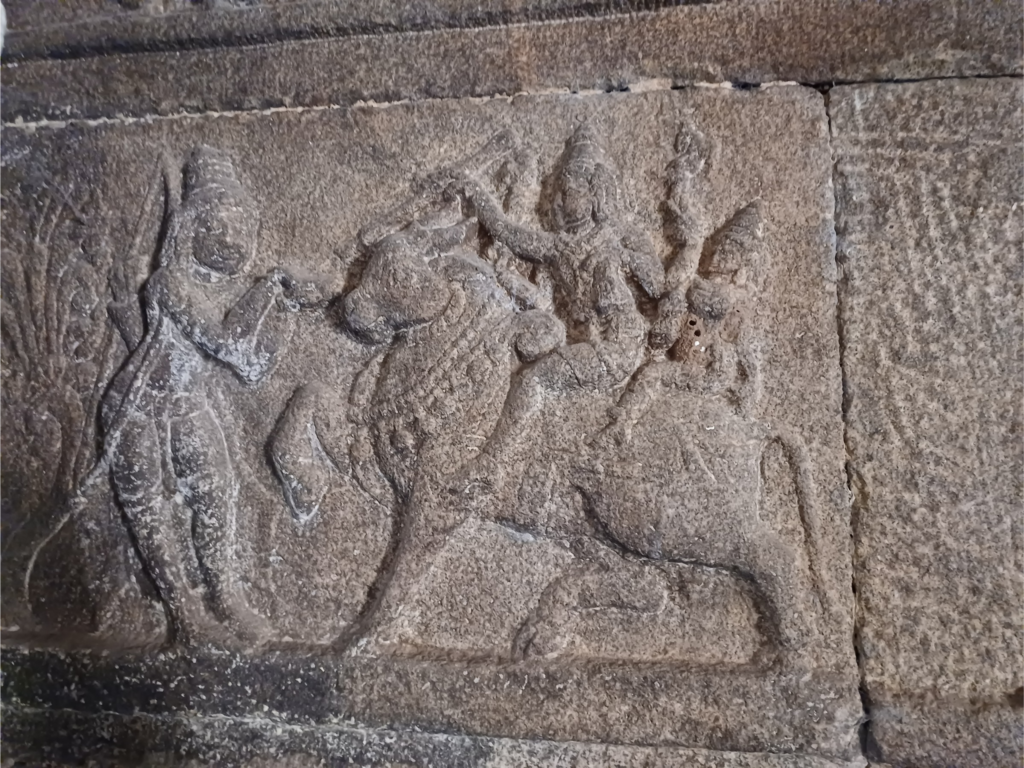
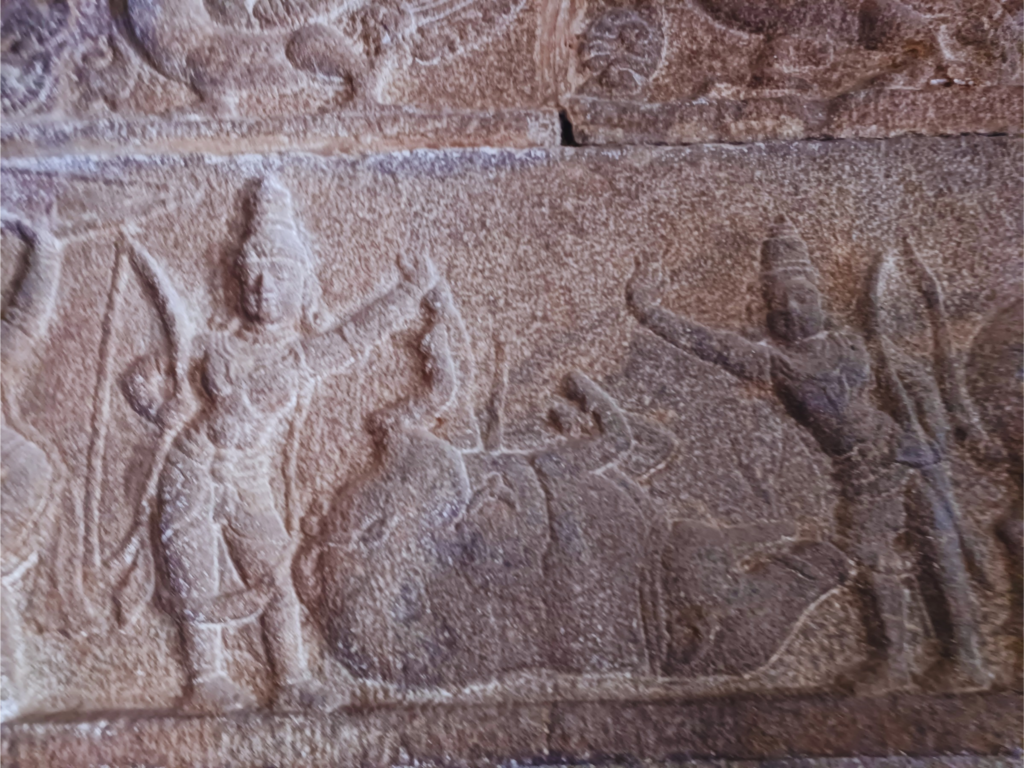

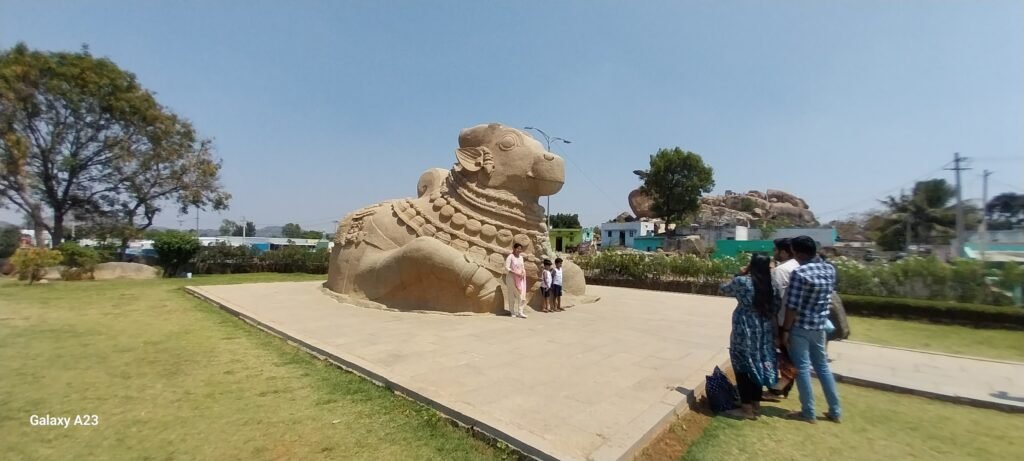
The temple is renowned for its stunning architecture, which includes intricate carvings, grand pillars, and exquisite frescoes. Built during the 16th century in the Vijayanagara style, the temple features a multitude of sculptures that depict various deities and mythological scenes. Among its most striking features is the colossal Nandi (bull) statue, which is one of the largest of its kind in the world.
Lepakshi Temple was constructed by the brothers Viranna and Virupanna, who were governors under the rule of the Vijayanagara Empire. The temple complex showcases a blend of art and history, encapsulating the tales and traditions of the era. One can also find the famous ‘hanging pillar’ which is a marvel of ancient engineering and continues to fascinate architects and visitors alike.
Visiting Lepakshi Temple is not just a journey into the past but also a deeply spiritual experience. The temple is dedicated to Lord Veerabhadra, a fierce form of Lord Shiva. Pilgrims and devotees partake in various rituals and ceremonies, seeking blessings and spiritual solace. The serene environment of the temple premises adds to the profound sense of peace and devotion.
Lepakshi Temple in Karnataka is more than just an architectural wonder; it is a significant cultural and religious landmark. Its historical relevance, coupled with its artistic grandeur, makes it a must-visit destination for history enthusiasts, art lovers, and spiritual seekers. Exploring this temple offers a glimpse into the grandeur of ancient Indian civilization and its enduring legacy.
Read Business Solutions on Byqus: Bringing you quality and useful solutions

